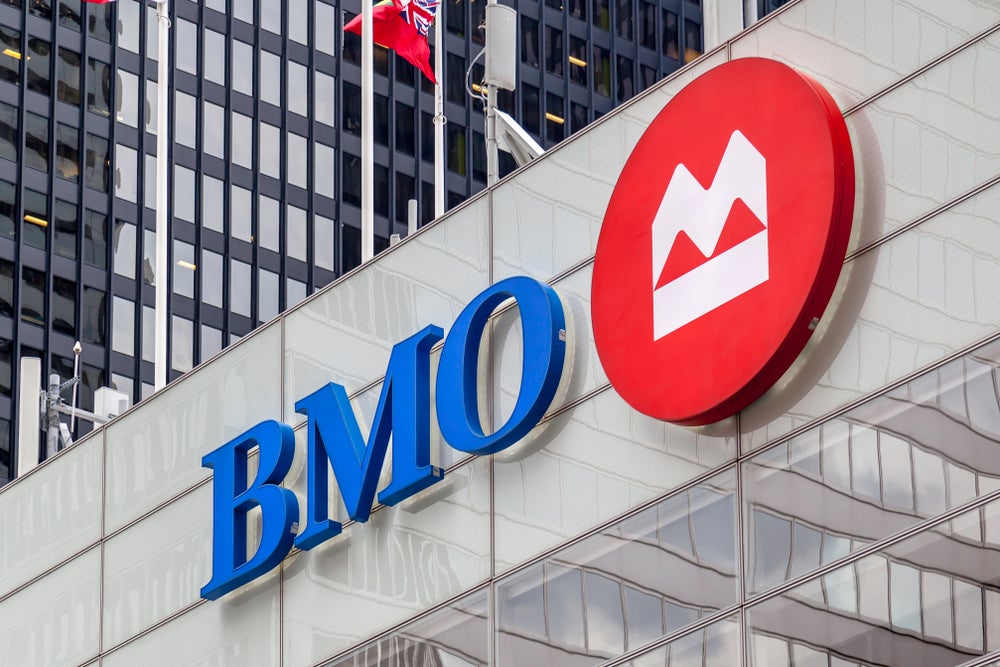It is not often a bank closes an AGM by inviting
shareholders to take part in a tombola. But Alain Diéval, chief
executive of Crédit Agricole’s regional banks, says the so-called
Caisse Régionales is anything but ordinary. He tells Farah Halime
how the bank differentiates itself through its mutual
status.
 France’s
France’s
biggest retail bank, Crédit Agricole, did particularly well in
fiscal 2009, netting a profit of €1.12bn ($1.5bn) for the year, up
10% from €1bn a year earlier.
The bank said it owed the success
to its retail banking segment, which it said was particularly
resilient against the financial crisis and helped restore “robust
growth momentum”.
A closer look at the results show
the international retail banking segment struggled, with a net loss
of €458m, dented by the bank’s Greek subsidiary, Emporiki, which
was badly hit by the country’s fiscal deficit.
However, the bank’s domestic retail
unit, LCL, and the Caisse Régionales, the 39 regional banks, posted
a combined net profit of €1.3bn.
How well do you really know your competitors?
Access the most comprehensive Company Profiles on the market, powered by GlobalData. Save hours of research. Gain competitive edge.

Thank you!
Your download email will arrive shortly
Not ready to buy yet? Download a free sample
We are confident about the unique quality of our Company Profiles. However, we want you to make the most beneficial decision for your business, so we offer a free sample that you can download by submitting the below form
By GlobalDataIn fact, the regional banks made
the biggest contribution to Crédit Agricole’s retail banking net
income with €730m, up 25.7% from a year earlier. LCL lost 12.1% to
record a net profit of €574m (see table, below).
The entire retail banking network
contributes 31% to the group’s net income (see pie chart,
below).
For Alain Diéval, Crédit Agricole’s
regional bank chief executive, the regional banks’ victory in the
face of a global downturn has been reliant on customer trust and
the strength in its proximity to locals.
Customer trust
“You trusted us [during the
financial crisis] which means you have stayed loyal to the bank,
which means 15,000 new clients came to the regional banks,” Diéval
said to the shareholders of the Caisse Locale d’Ourchie, one of the
local banks, in the suburban town of Ourchie, near Lille.
Most of the 400 AGM attendees
comprised farmers and local trades’ people from the region.
“There was a time when people were
really scared but in France the banking sector has resisted,” he
said deriding the “Anglo-Saxon world” for its “excesses”.
“Just look at the other side of the
channel. What we do is not like those you have seen elsewhere,”
Diéval added.
Although he also made reference to
European failures such as Belgium’s Dexia and Fortis who were near
to collapse during the credit crunch, he remained upbeat.
“‘Trust Capital’ has not gone down
which is very reassuring,” he told RBI.
The banks’ regional presence
operating over a dense network of 7,025 branches gives it a strong
local position and close ties with its 20m customers.
Diéval added: “Technocrats like me
are not as close to the ground as we once were, so this is why
local banks are important.”
 Despite
Despite
this, Diéval makes a point of attending most of the regional banks’
‘mini’ AGMs that mimic the style of a meeting attended by global
executives.
Operating like a UK building
society, the Caisse Régionales form the bedrock of the bank’s
mutual organisation and account for 24% of France’s personal
banking market, ranking number one in almost all regions in the
country.
But in contrast to the UK where a
customer becomes a member of a mutual as soon as a bank account is
opened, customers of Crédit Agricole’s regional banks can have an
account without being a societaire (shareholder).
A societaire buys a
certificate of participation which without being a shareholder,
still gives the member right to vote at the AGM and receive an
annual interest.
“Mutuality is again becoming
fashionable. It is fashionable to be responsible again,” Diéval
said.
The bank’s responsible stance has
meant it is particularly well capitalised, with a 13.04% core Tier
1 ratio, one the bank says is average for the country, but above
the standard 8 or 9% seen in other parts of the world.
“We always cap over the core
capital which allows us to invest,” he assured.
“We have a problem making people
understand that return on equity [ROE] does not have the same
significance as it does for a [corporate bank].”
ROE has slipped over the past
years, from a high of 17% in 2006 to a mere 2.6% in 2009,
portraying how conservatively the bank has been run.
Diéval added, however, that the
bank is one that “does its job well”.
“In Crédit Agricole there is much
more soul. You have more than just a bank,” he said.
Boost to market
share
The regional banks’ products and
services have provided a welcome boost to its market share.
Its customer deposits increased
5.6% year-on-year to €521.6bn, while loans to individuals increased
by 2.1% to €357.2bn in 2009.
The Double Action card, the first
combination of a debit and credit card in France, met with
“resounding success” according to the bank, with onem cards issued
in 18 months (see RBI 619).
The young segment is also opening
opportunities for the bank with the roll-out of M6 Mozaïc, a
co-branded card (in association with the TV channel, M6) that by
the end of 2009 had attracted 275,000 users.
“The number of young people opening
accounts is improving. A lot of people don’t realise we offer this
from the beginning of a child’s life to students,” Diéval said.
The Mozaïc card is attached to a
current account and offers a reward scheme to its customers aged
from 12 to 25. But Diéval was quick not to disregard its majority
of adult customers, citing the “ageing population” as having more
of an interest in buying certificates to receive voting rights,
than the younger population.
“When you are 50 you are bound to
be interested in money. When you are 20, you just don’t take the
same interest,” he said.
The bank was also able take
advantage of the opening up of the Livret A passbook market.
The passbooks were previously a
savings account reserved for a few networks, but from 1 January
2009, all banks, including Crédit Agricole, were able to distribute
them at a fixed rate set by the government.
This allowed Crédit Agricole’s
regional banks to capture 47% of the Livret A market share and open
4m accounts by the end of 2009, representing €12.5bn in aggregate
savings.
In terms of distribution channels,
the regional banks’ branches are supplemented by an online channel
launched in October 2009; BforBank (see RBI 620). The private bank is 100%
online and 85% owned by the regional banks. It attracted 15,000
customers by the end of the year.
 Nearly 40%,
Nearly 40%,
or 4.5m account holders, of the regional banks’ customer base use
internet banking to manage their bank accounts.
In addition to BforBank, the
regional banks launched ca-mobile.com, a mobile internet site which
can be accessed from every smart phone including Apple’s
iPhone.
But the bank continues to rely on
its traditional segments with Crédit Agricole’s regional banks
targeting the abundant agricultural sector.
Building on their historic business
strategy as an agricultural bank, the regional banks have developed
their core customer segment – farmers – to take 80% of the
agricultural retail market share in France.
Some 90% of French farmers use
Crédit Agricole as their main bank for business.
However, beneath the confident
exterior, Diéval was keen to stress a cautious outlook for
2010.
“I am not absolutely sure I can be
optimistic. We still worry about the economy,” he said. “We need to
modernise the branches by developing multi-channel distribution,
and homogenise the IT system that is not on offer in some
branches.
“If I go to the South of France,
for example, and I use Crédit Agricole I can’t use the same system.
It is like I am not part of the bank,” he added.
But he said 2010 is about primarily
boosting deposits.
“We are less rich than the average
rich nation,” he said. “But there are signs of consumer confidence.
We are looking very much at savings because in the crisis today the
French savings rate has never been high.
“We want to go after these people. We need them.”







